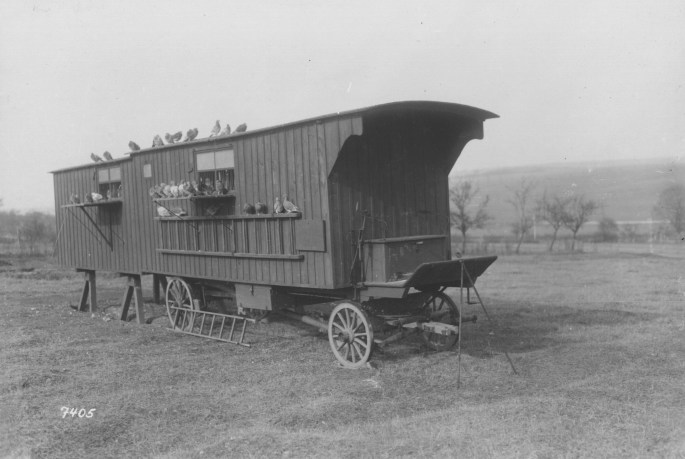Background

During war, many countries decided that they needed an efficient way of communicating with their allies. They decided to use homing pigeons to carry their messages because “Unfortunately, technology—like the telephone or the telegraph—was not as reliable” as the carrier pigeons (Kratz). “Radios were not as reliable since they were large and still bound by delicate wires” (Bieniek). Technological forms of communication could be easily intercepted by enemies and were corrupted most of the time. It was not a safe way of communicating. Carrier pigeons, however, almost always delivered their messages clearly and on time. “They can fly up to 500 miles in a day” and were able to fly at more than 60 miles per hour-they were very efficient (Wicker). “Some of the first ever carrier pigeon flights were during the Ancient Roman chariot races to inform the judges who had won” (Kratz). “The first use of homing pigeons in war was during World War I. In 1914, during the Battle of the Marne, the French army brought 72 pigeon lofts with troops” (Taveres).
Image Credit: National Archives